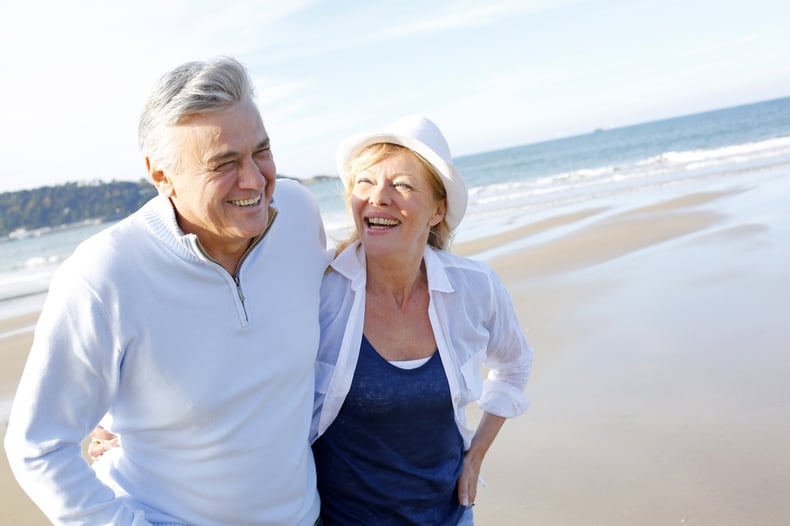Author: Craig Zettergren, FYZICAL Regional Director
Everyone has dreams for retirement, like traveling abroad, taking up new hobbies or tackling a bucket list.
However, many people miss those goals because of their physical limitations.
The key to a healthy and enjoyable retirement is staying active. The term “active” means different things to different people. Some magazines portray seniors as uber-actives, but many seniors are more sedentary.
Sometimes, simple movements cause pain. Their knees may ache. Their backs may be sore. They may get dizzy or lightheaded after standing up.
Seniors can enjoy a healthy, satisfying retirement by optimizing their wellness.
Strength
“Strength training” conjures up images of athletes pumping iron at the gym. For seniors, the goal of a wellness program isn’t rock-solid abs and bulging biceps. Strength training is different as we age.
One of the best strength trainings for seniors is the sit-to-stand exercise. This involves sitting on a firm chair and standing up without using your hands. The goal is to increase the number of repetitions of successful attempts. This exercise works the muscles of the hips, knees, ankles and core.
Physical therapists use this to assess patients for fall risk. According to the CDC, seniors who cannot stand 10 times in 30 seconds without their hands are at greater risk for falls.
Another strength-related exercise is calf raises, which strengthen muscles that propel the body when walking. Stand in one spot and reach as high as possible on your tiptoes. Do this for 15 to 20 times, for three sets, every two to three days.
Flexibility
Stretching is another low-impact, high-reward activity. Full-body stretching targets major muscle groups and can improve flexibility, increase circulation and offer stress relief. A stretching routine can — and should — work up a light sweat.
Stretching helps keep muscles strong, healthy and flexible. Flexible muscles maintain a full range of motion.
Endurance
Marathoners and long-distance competitive swimmers are known for grueling training regimens. Endurance training doesn’t have to last an hour or two.
If your home has multiple floors, head up and down the stairs a few times throughout the day. Climbing stairs strengthens and tones the lower body, including the thighs, calves and buttocks, while giving the heart and lungs a workout. A few minutes gets the heart pumping, muscles moving and blood flowing throughout the body.
Head outdoors for a brisk walk around the neighborhood. Fresh air and sunshine supply immune-boosting vitamin D while giving the heart and lungs exercise.
Balance
One in four Americans ages 65 and above — 29 percent of seniors — fall annually, according to the CDC. A Balance Therapy Program can improve an individual’s balance while focusing on strength, endurance and flexibility.
Physical therapists recommend six steps to help prevent falls:
-
Complete a fall-risk screening to assess strengths and functional limitations.
-
Identify potential trip hazards or uneven surfaces at home.
-
Exercise regularly to build strength and endurance.
-
Choose slip-resistant footwear with heel support.
-
Review prescription labels for potential side effects from medications.
-
Visit a physical therapist, primary care physician, optometrist and otolaryngologist annually.
Retirement can last 10 or more years. Focusing on strength, flexibility, endurance and balance helps ensure a happy, healthy retirement.
